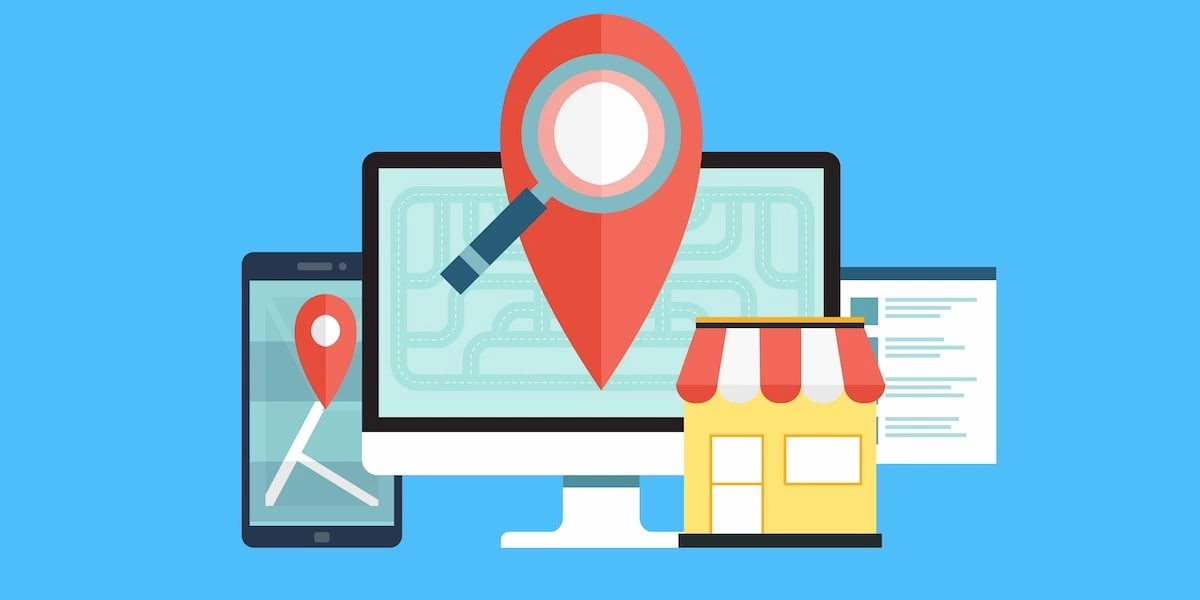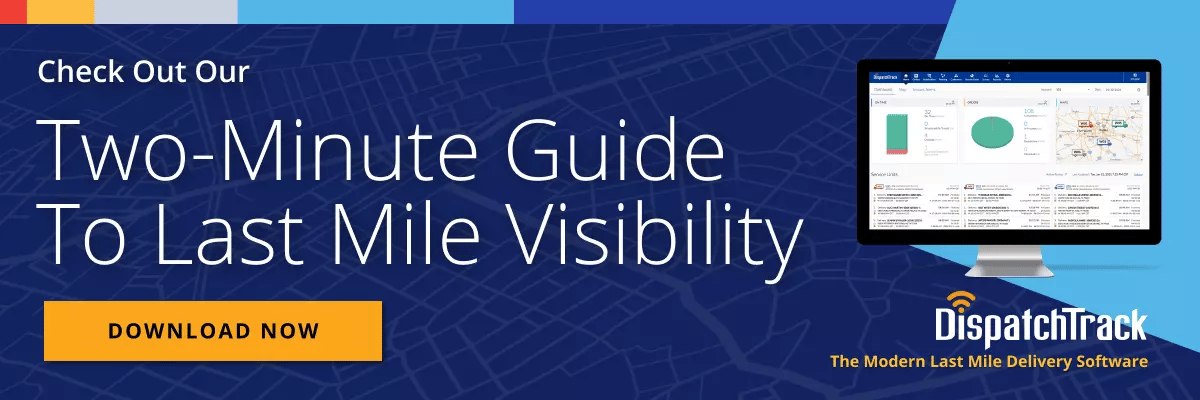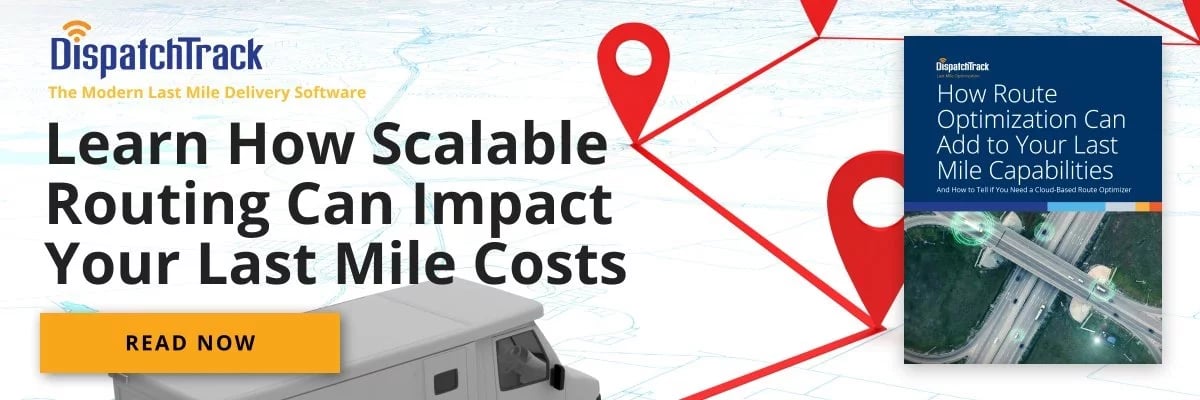Businesses can now avoid many delivery-related problems with the aid of modern tools, e.g. smart delivery routing programs and software. Route optimization—when paired with careful transportation planning—is useful in resolving the cost- and time-related challenges of shipping goods to end consumers. Modern delivery planning software can factor in real-time events like availability of equipment, traffic and weather conditions, personnel for loading and unloading, and all other elements affecting delivery times—all of which lays the foundation for more efficient planning and execution.

Route optimization is a crucial process that enables businesses to find the best routes for their drivers to ensure cost-effectiveness. Unlike conventional route planning or free apps such as Google Maps, advanced route optimization software can address operational inefficiencies such as unavailability of drivers, slow turnaround times, and high transit time, all while improving customer satisfaction via improved on-time delivery rates. If you’re not experiencing all of these benefits with your current processes, it may be time to upgrade your routing.
Assessing Your Delivery Routing Program
If you find yourself unable to respond proactively to delivery-related issues or dealing with very high operating costs, it may be time to reconsider your delivery routing program. Here are some of the tell-tale signs that it’s time to ditch your current delivery routing tools and processes:
Manual processes
Competition these days is more cutthroat than ever, especially given the demands of consumers for speed, reliability, round-the-clock accessibility, easy return processes, and last-minute order changes. These expectations, however, are difficult to meet if your business relies on manual route planning or legacy software. Conventional planning methods that lack automation and AI-powered optimization can result in your business losing out on both efficiency and data-driven insights.
You may be working with the best team in the world, but if they’re stuck spending hours on manual processes, there’s always going to be room for improvement. The more automation you can incorporate into the route planning process, the more effective your last mile operations will be.
Lack of visibility
If you're stuck calling drivers to determine their whereabouts, chances are you are blind to what your drivers are doing and whether they are following their assigned route plans. Nowadays, businesses need to ensure end-to-end visibility to avoid unnecessarily high operating costs.
The lack of visibility of conventional routing processes is a primary cause of inaccuracy of your expected times of arrival (ETAs), to say nothing of increased plan times and lack of communication with both internal and external stakeholders. All these lead to high customer dissatisfaction.

Unnecessarily high fuel bills
Studies after studies show that fuel accounts for a large chunk of a given fleet’s total operating costs. And a lack of efficiency and automation in route planning causes longer distance traveled by drivers, leading to unnecessary and excessive fuel consumption.
Constant delivery delays
Constant delays in deliveries are primarily due to the lack of real-time visibility and unrealistic route plans. When your routing process doesn’t account for service time variables, differences in driver speed and skill, and differences in load and vehicle types, you run a real risk that your wonderfully efficient route plans will be impossible for drivers to carry out. When this happens, your trucks wind up running behind schedule at every stop over the course of the day. If your customers are constantly complaining about late deliveries, it’s probably a sign that your routing isn’t getting the job done.
Poor resource utilization
Traditional processes along with outdated route planning software typically add up to poor maximization of assets. Manual route planning, for instance, rarely results in the most efficient route plans. It then takes longer for drivers to get from one point to another, which means they are making fewer deliveries during their shifts. Companies then end up either hiring more drivers or acquiring more delivery vehicles or both.
Low customer satisfaction
Inefficiencies caused by the lack of automation affect customer satisfaction negatively. Businesses that experience constant delivery delays and can’t make last-minute changes often end up losing customers to their competitors. More often than not, customer satisfaction could be improved significantly by a more flexible and accurate delivery routing program.
Advantages of Upgrading Your Delivery Routing Program
If you're experiencing the above-mentioned effects of manual processes and outdated technological tools, then it’s probably time to consider upgrading your delivery routing solution and processes. Here are the primary advantages of shifting to AI-powered route optimization tools.
Faster, better, more cost-effective route planning
Scheduling and routing deliveries efficiently requires data-driven processes and artificial intelligence to minimize error-prone manual intervention. Automating scheduling and route planning enables you to handle complex business constraints without losing out on efficient, cost-effective deliveries. Simply put, the best route optimization software can radically speed up and simplify the routing process—making life easier at every step of the fulfillment process.
More efficient distribution of work
Route optimizing software uses data analysis to calculate the most cost-effective and efficient routes and work distribution among drivers. It recommends route plans and delivery assignments according to historical trends, driver skills, priority, driver availability, weather conditions, and so much more. In this way, you can provide customers with accurate ETAs while lowering their fuel and labor costs. Plus, drivers get to cover more stops during their shifts, meaning that you’re able to more consistently maximize your capacity utilization.
Greater agility
The right software offers you more agility by allowing you to make last-minute changes to routes and driver schedules. This means you can handle customers' last-minute orders and requests without wreaking havoc on the day’s schedule or spending many hours figuring out how to accommodate the changes requested. This, combined with the other benefits above, ultimately helps you delight customers while lowering delivery costs.
Conventional route planning may have worked in the past, but these days it’s a roadblock to any business' success. If you’re paying for unnecessarily high fuel bills and experiencing constant delivery delays and low customer satisfaction, then it's high time to consider upgrading your route delivery program.
